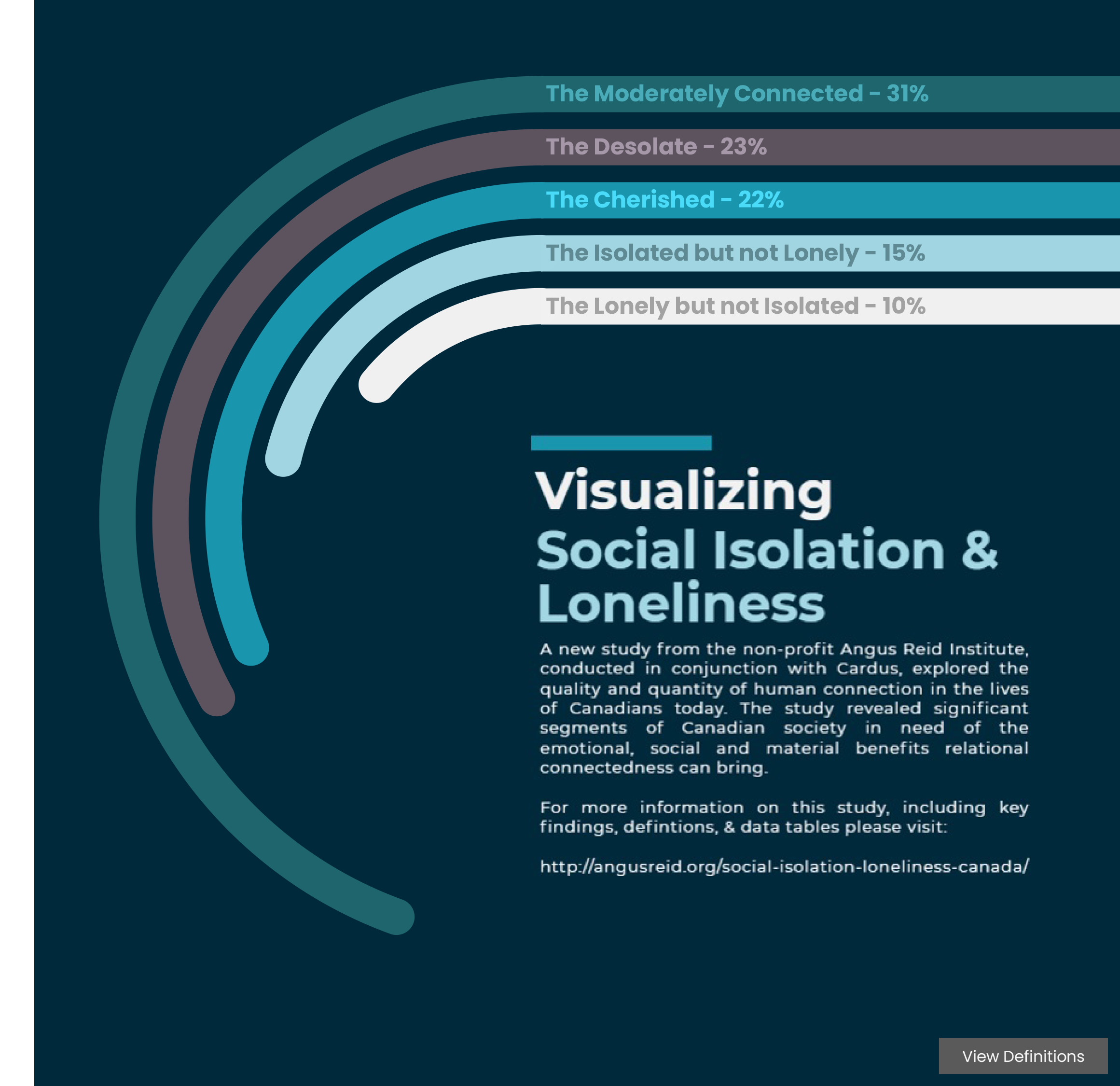Geography of World Religion
Over the centuries, few things have shaped place, culture and existence quite like religion. December’s Throwback Thursday data set provided a great opportunity to see how the geography of religion has dramatically shifted (in some places) over the last half century or so.
The dataset comes from Maoz, Z., & Henderson, E. (2019, August 13) World Religion Project: Global Religion Dataset. It can also be obtained on data.world and in the archives of the Throwback Data Thursday site.
In short, the dataset provides the number of adherents by religion in each of the states in the international system, at a 5 year interval, starting in 1945 and extending to 2010. The principal investigators managed to parse the data into religious subgroups, but for my purposes, I was simply interested in understanding what the trends and patterns associated with the larger religious families looked like.
The visualization includes adherent data for Islam, Hinduism, Protestantism, Catholicism, Buddhism, Judaism, and those that identified as having no religious affiliation over the time period sampled. I then enriched the data with regional classification data to provide additional stratification to the analysis.
The end product features 4 regional maps (Africa, Asia/Oceania, Americas, and Europe) that show (via hue) how the population percentage of the selected religion has changed over time.
Below the maps, are data tables that provide additional insight into how the religious affiliations of each country have changed over time. Using the 2020.1 tableau beta with Viz Animations makes identifying the changes and trends in religious affiliation particularly easy. Here is an example looking at Protestant religious affiliation:
The decreasing trends in Europe are challenging to pickup using the map, but the table below shows about a half dozen countries experiencing Protestant population decreases, with Germany being the largest at roughly 19 million people since 1945. On the opposite side of the spectrum, protestant growth in Sub-Saharan Africa is significant and easily apparent via the map, with countries like Ghana, Ethiopia, and Democratic Republic of Congo all experiencing increases of 10 million people or more.
Other interesting trends are apparent by clicking through the visualization. Give it a visit on tableau public by clicking the image below: Thanks!







